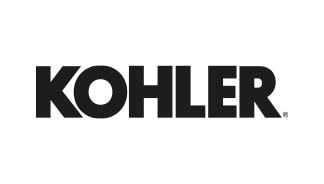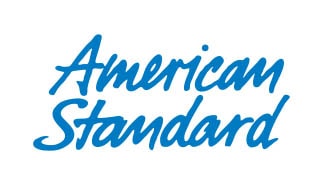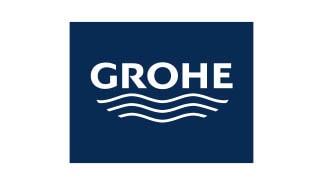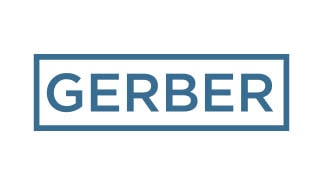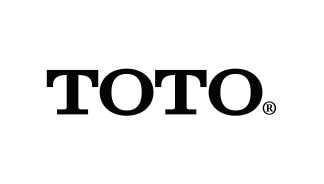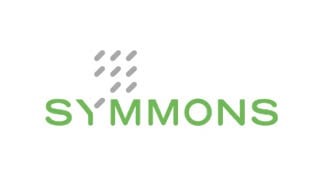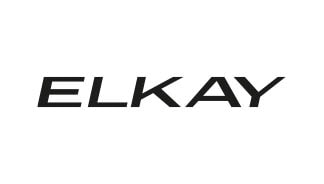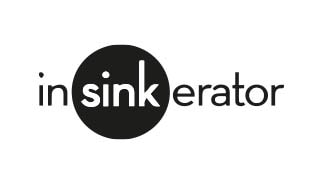Published on
October 1st, 2020The History of Plumbing in New York City
To appreciate modern advances in plumbing that many of us take for granted in New York City, it’s helpful to know a bit about the history of plumbing here. New York’s improvements over the years in bathing, toilets, sewers, and drinking water supply also give us clues as to why some systems are constructed the way they are. Here’s a brief history for your edification and enjoyment.
Early Advances in Plumbing
Perfected by the Romans
We can’t talk about plumbing in New York City or the rest of the New World without first tipping our hats to the civilizations that created the foundation of modern plumbing. While advances were made as early as 6,000 B.C. in places like Pakistan (drains and cesspits), Egypt (copper piping), and the Greek island of Crete (hot and cold running water), plumbing design really took off with the Ancient Romans.
The Romans were extremely accomplished plumbers, practically obsessed with the art. In fact, the word “plumbing” comes from the Latin word “plumbum,” meaning lead. Lead was used in all the Ancient Roman plumbing systems, although now of course we know there are healthier and more durable alternatives.
Romans built sophisticated sewers, spigots, and water closets. However, they were most well known for their system of aqueducts, an amazing feat of engineering that still informs the way drinking water is supplied in contemporary urban life. Sadly, when Roman civilization fell, many of their plumbing innovations were lost, and societies reverted to much cruder ways of supplying water and disposing of waste for hundreds of years thereafter.
Life in New York Before and After Indoor Plumbing
Improvements in toilets
It was these rudimentary plumbing methods that accompanied Europeans to the Americas and stayed with them during the first two centuries of settlement there, including in New Amsterdam, later to become New York City. It wasn’t until around the time of the Industrial Revolution that the United States saw glimmers of what are now normal plumbing systems.
Meanwhile, the city of New York tried to make the waste system as efficient as possible. Many buildings and homes did not have indoor plumbing of any kind until the mid to late 19th century. Residents used outhouses and chamber pots as toilets, with tenement homes often forcing 25 or 30 people to share one latrine.
As you can imagine, vermin and disease were as much of an issue as privacy was in those days. Removing human waste was a big business, and “night soil” cart men vied for contracts to carry waste to the outskirts of the city or to its waterways (no longer permitted).
Although the first patent for a flush lavatory dates to 1775, New York did not have indoor toilets as the norm until the late 1800s. There were several hurdles to be cleared first. As well as the construction of bathrooms and finding the funds to do so, the city needed a sewage system for waste removal (see below).
There was also a fear of sewer gasses making their way into people’s homes, as it was mistakenly thought at the time that such gas was a source of illness. Fortunately, the invention of the sewer vent in 1874 solved that problem. Finally, the Tenement Act of 1901 required the inclusion of at least one water closet in each unit, although it took several decades for all families to reap the benefits of this landmark legislation.
New York City Sewers
The necessity of removing waste
Once outhouses became a thing of the past with the advent of flush toilets, New York City needed a new manner of removing waste from buildings. No longer would a ditch in the street or waste removal trucks do. Sewer system construction began in 1849, spurred by a major cholera outbreak.
Seventy miles of sewers were laid during the first five years, which was expanded in the second half of the century. By 1902, most of the city had sewage service, including a large percentage of tenement houses.
Today, the New York City sewer system contains 6,600 miles of pipes and mains. If they were placed end to end, they would stretch from New York to Alaska and back again. The sewer system now carries wastewater as well as storm water from street drains.
The city has 14 sewage treatment plants, which handle 1.3 billion gallons of wastewater daily. Water and waste in the mains travel through progressively smaller pipes before reaching the treatment plants. Like the city’s clean water supply (see below), this fluid relies primarily on the flow of gravity rather than mechanical pumps.
Drinking Water Supply for New York City
From springs to water towers
In the early days, New York City had its own wooden pipe system, and fresh water could be purchased at pumps or hydrants. Demand was usually higher than supply, though, until steam power in the 1800s improved the speed with which water could be pumped. Many residents still carried their water from streams, ponds, and springs around the city, while some dug private wells. Potable water was at a premium.
While the desire for clean water for bathing and drinking definitely fueled the development of indoor plumbing in other ways besides the toilet, the need for piped water to combat city fires also spurred the creation of new clean water systems. This was especially true after the Great Fire of 1835.
A game changer occurred in 1842, allowing more than just the very wealthy to have running water for drinking and bathing. The Croton Aqueduct system opened that year, after five years of construction. Water could be supplied by the Croton River in Westchester County to reservoirs closer to the city.
The Board of Water Supply was established in 1905. Soon after, more water was sourced from the Catskill region. By 1944, the Delaware Aqueduct, which was the longest continuous tunnel in the world, was completed, followed by four reservoirs over the next 20 years.
Nowadays, New York City water comes from 19 different reservoirs and three controlled lakes. The system is a giant web that allows water to move from one body to another to counter the effects of drought and meet fluctuating needs. Furthermore, much of the system is gravity driven, meaning it’s better for the environment.
One phenomenon that began in the 1880s and continues today is the use of rooftop water tanks. As architecture in New York became taller and taller, water pressure couldn’t pump water high enough. So, rooftop water towers were employed to harness the force of gravity to assist. Many of these tanks are still made of wood and continue to provide New Yorkers with water for cooking, bathing, drinking, and a host of other uses.
Do you feel like your property’s plumbing system still dates from the 19th century? Maybe it’s time for an upgrade. Call Sanitary Plumbing at 212-734-5000 or reach out online to schedule an appointment.
